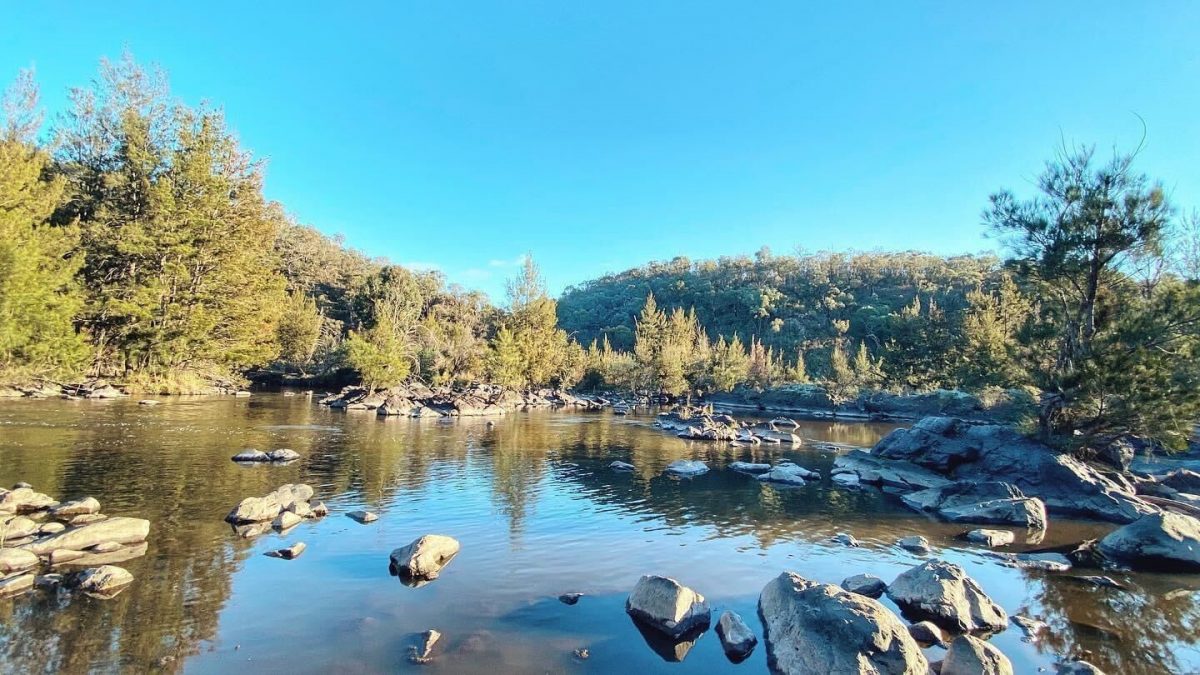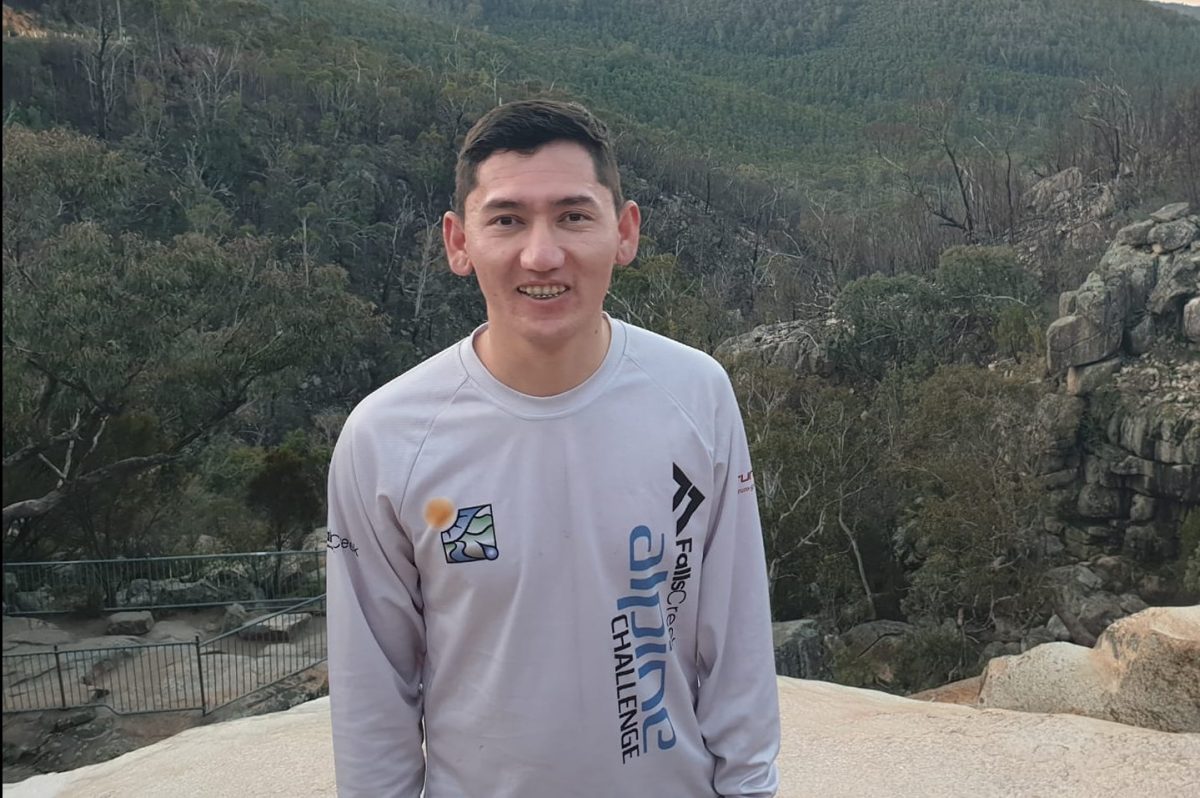
A drowning at Kambah Pool was the subject of an inquest, along with three other deaths. Photo: PairePaire Pattheera.
Tragedy struck each time when four people, including a child, drowned in the ACT’s rivers within 16 months of each other in areas that had been promoted for water activities.
The ACT Coroner’s Court examined the deaths of William Spencer Hooley and his daughter Meredith Hooley, Afghani refugee Najeebullah Rafee, and 75-year-old Dinh Ta Nguyen, but the findings have prompted calls for an update to the Territory’s water safety measures.
Family members and friends say there are few effective measures in place, despite high rates of inland waterway drownings and particular risks to vulnerable communities such as refugees and migrants.
While advocates acknowledge lifesaving personnel aren’t practicable inland, the Royal Life Saving Society (RLSSA) says solutions ranging from better mobile access to onsite emergency buttons are urgently needed, despite reported resistance from the ACT Government on the grounds of costs.
Michael Ilinsky, CEO of the NSW RLSSA, which also oversees the ACT and Tasmania, described the coroner’s recommendations as “quite light”, and called for a conversation with the ACT Government and landholders regarding better safety measures.
“The loss of these four lives has been immeasurable to their families and friends,” Coroner Paula Russell said in her published remarks, released this week.
She found all drownings were accidental and made two recommendations, including that the ACT Government develop public education and safety awareness programs publicising the risks of river activities.
The coroner said Mr Hooley took his two daughters to Tharwa Sandwash on 19 December 2020, when 11-year-old Meredith started to get into trouble in the deep water after picking up pebbles.
He rushed into the water while his older daughter ran to the car park to call for help because there was no phone reception. Emergency services arrived, but Mr Hooley and Meredith tragically both died.
“It is clear that [the older daughter] did all she could to assist her sister and her father,” Coroner Russell said. “Mr Hooley’s family tell of a man who was careful and who would never knowingly expose his daughters to danger.”

Najeebullah Rafee died after getting on a board at the Cotter Bend. Photo: Facebook.
Mr Rafee, a 23-year-old student at the ANU who couldn’t swim, went to the Cotter Bend with family members on 15 October 2020.
He got into trouble while lying on a board in the river. Family members also could not get phone reception, so went to the road and flagged down someone to help. While Mr Rafee was found, his injuries weren’t deemed to be survivable.
Mr Nguyen was from Vietnam and had travelled to Australia to visit his son. He went to Kambah Pool with several others to go fishing on 22 January 2022.
Mr Nguyen’s fishing rod slid into the water and he waded out to retrieve it until only his head was above the water. Despite others trying to help him, he sank under the water and emergency services later found his body.
“The locations at which these drownings occurred are promoted by the ACT Government as places for river-based recreation,” Coroner Russell said.
“It is a part of their beauty and attraction that these environments are inherently not as predictable or regulated as man-made recreational structures.”
Coroner Russell said in each case she examined there was a lack of understanding of the danger that the river posed despite signage being present, which meant a matter of public safety arose.
Family members of the victims say there is little attention paid to changing river conditions including swift currents and very cold water, particularly after heavy rain.
They suggest swimming spots should be closed in dangerous conditions, but say promotional material makes no mention of potential dangers.
There’s also little or no mobile access at spots like Tharwa Sands or the Cotter River and safety buoys have not been installed because of fears around vandalism.
Mr Ilinsky told Region education, especially about the difference between swimming in a pool and a river, was urgently needed.
“We need prominent signage on the risks, including translated material that’s easily accessed. There should be a land managers’ response plan, access points on the river’s edge and closer analysis of how they’re changed by floods and heavy currents. A simple sign is not enough,” he said.
The RLSSA has developed the SAFETY.NODE technology, which provides real-time visualisation (via CCTV) and response capabilities. Adaptive area lighting, connectivity through 5G and wi-fi, noise sensors, Help Assist buttons for direct connection to emergency services, wireless mobile phone charging, and defibrillator units on site are also included.
“Families are shaken to the core by these events”, Mr Ilinsky said. “If money is a hindrance, we can show the ACT Government research on the community impact cost of $4.94 million for every fatal drowning”.












